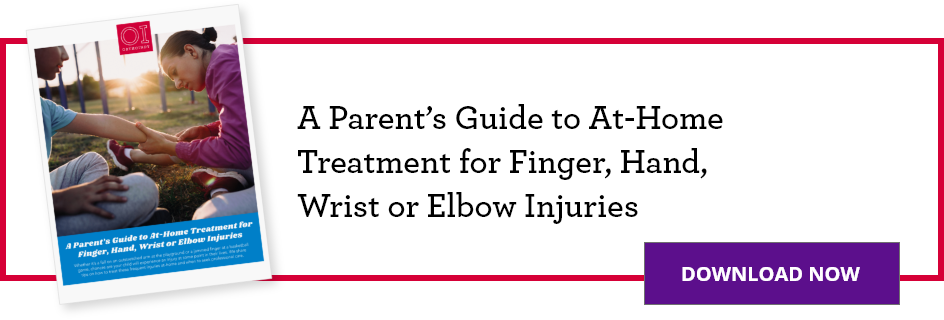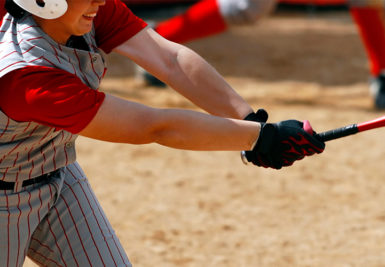THIS POST IS PART OF THE ULTIMATE GUIDE TO SPORTS MEDICINE
Tennis elbow or lateral epicondylitis is a painful condition of the elbow caused by overuse. Interestingly, tennis players rarely experience symptoms with the newer rackets and most cases are actually work related.
The condition is an inflammation of the tendons that join the forearm muscles on the outside of the elbow. The forearm muscles and tendons become damaged (tendinopathy) from overuse and leads to pain and tenderness on the outside of the elbow.
Anatomy
The elbow joint is where three bones in your arm meet: the upper arm bone (humerus) and the two bones in your forearm (radius and ulna). At the bottom of the humerus there are bony bumps called epicondyles; the bony bump on the outside (lateral side) of the elbow is called the lateral epicondyle. Muscles, ligaments and tendons hold the elbow joint together.
Tennis elbow involves the muscles and tendons of your forearm. The forearm muscles extend to your wrist and fingers. Your forearm tendons attach the muscles to bone. They attach on the lateral epicondyle. The tendon usually involved is called the extensor carpi radialis brevis (ECRB).
Cause
- Overuse: It is often due to damage to a specific forearm muscle. The ECRB muscle helps stabilize the wrist when the elbow is straight. When the ECRB weakens from overuse, microscopic tears form in the tendon where it attaches to the lateral epicondyle, which leads to inflammation and pain. The ECRB may also be at increased risk for damage because of its position. As the elbow bends and straightens, the tendon rubs against bony bumps. This can cause gradual wear and tear of the muscle over time.
- Activities: Athletes are not the only people who experience symptoms related to this conditions. Auto workers, carpenters, painters and plumbers are also prone because of the repetition and weight lifting required in these activities or occupations lead to injury.
- Age: Most people are between the ages of 30 and 50.
- Unknown: It can occur without any recognized repetitive injury.
Symptoms of tennis elbow
- Pain that develops gradually
- Pain or burning on the outer part of your elbow
- Weak grip strength
- Pain worsened with forearm activity, such as holding a racquet or turning a wrench
Physician examination
Your physician will ask you for a complete medical history and when you started experiencing elbow pain, have you describe your symptoms and conduct a physical examination. An X-ray, MRI or EMG may be necessary to identify the specific injury related to the elbow.
Make an appointment with a hand, wrist or elbow specialist
Tennis elbow treatment
In most cases treatment includes nonsurgical methods such as:
- Rest
- Non-steroidal anti-inflammatory medicines such as aspirin or ibuprofen
- Equipment check for proper fit
- Physical therapy
- Brace
- Steroid injections (make an appointment with an OrthoIndy non-operative, pain management physician)
If symptoms do not respond after 6 to 12 months of nonsurgical treatments, your physician may recommend surgery.
Several techniques are foremost. All involve a tendon and bone debridement of the extensor carpi radialis brevis attachment. Some surgeons repair the tendons back to bone for faster healing but, other surgeons just prefer a release.
View our tennis elbow exercises
Rehabilitation
Rehabilitation usually takes 6 to 8 weeks. Guided physical therapy may be needed in some patients.
Learn more about hand, wrist and elbow treatment at OrthoIndy.

Schedule an appointment
Your well-being is important to us. Click the button below or call us to schedule an appointment with one of our orthopedic specialists. If your injury or condition is recent, you can walk right into one of our OrthoIndy Urgent Care locations for immediate care. For rehabilitation and physical therapy, no referral is needed to see one of our physical therapists.






